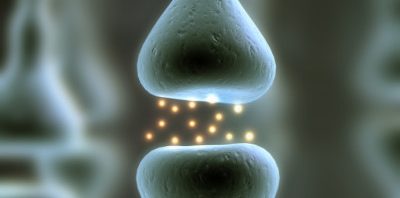In the United States, we have some real problems with our bodies. It become a bit obvious when you look at the constant deluge of advertisements thrown at us saying that we are too fat, too thin, too scrawny, too puffy, too wrinkled, too young, too old, too medicated, or not medicated enough. It’s no wonder that our national self image is in the tank.
But beyond making it easier for corporations to pick our collective pocket, there is a real danger to our national health that comes with hating how we look. The number of eating disorders in the United States has risen to affect almost 20 million women and 10 million men at some point during their lives. This means that almost 10% of the current population will have struggled or is currently struggling with some form of eating disorder.
Once an eating disorder has developed it becomes incredibly difficult to be cured. As seen in bulimia nervosa, the brain chemistry of the afflicted person is warped to accommodate the disorder. In bulimia, the initial susceptibility to the disorder is triggered by a number of possible factors including personal stressors, general anxiety, and negative body image.

In order to feel some relief, the person makes an impulsive decision to binge eat which activates dopamine receptors in their brain and provides a euphoric feeling. However, after binging, the person regrets overeating and feels compelled to eliminate the excess calories consumed leading to a purging episode. By exercising control over this one aspect of their lives, people in the throes of the binge/purge cycle are comforted and actually rewarded for this behavior by a positive neurochemical response to their actions including dopamine activation and serotonin inhibition.
The impulsive act quickly become compulsive because brain chemistry adapts to the increased dopamine signaling by decreasing active dopamine receptors. This means that these people now have a higher threshold for normal dopamine signaling are because of this are more at risk for developing depression. Thus the cycle of binging and purging becomes a requisite aspect of everyday life as people with eating disorders experience symptoms very similar to drug addiction.
To escape the cycle, certain types of cognitive or emotional regulatory treatment have been utilized but with limited success. One of the best ways to help a person struggling with an eating disorder is to establish a supportive network that they can rely on. So until our society wises up to the dangers that are quietly infiltrating our lives, make sure to be aware of the signs and symptoms of eating disorders and take care of your loved ones.
The Addictive Nature of Bulimia Nervosa
